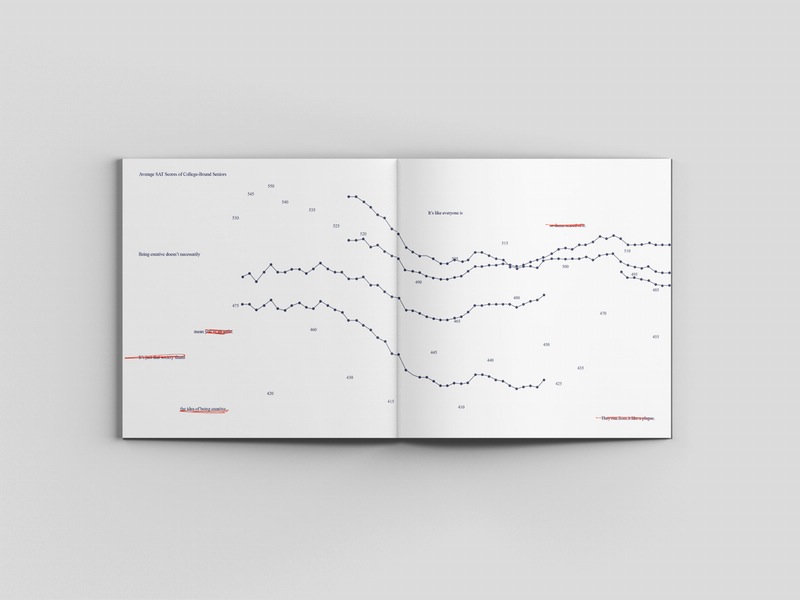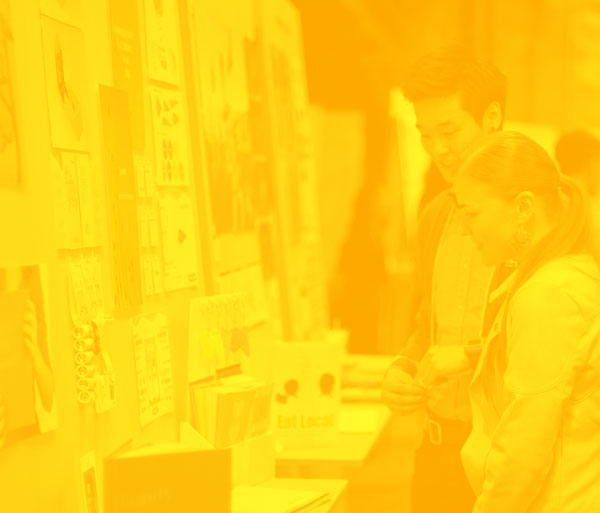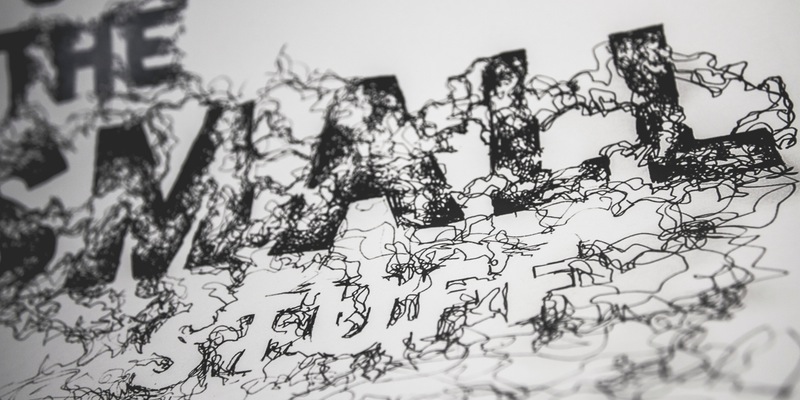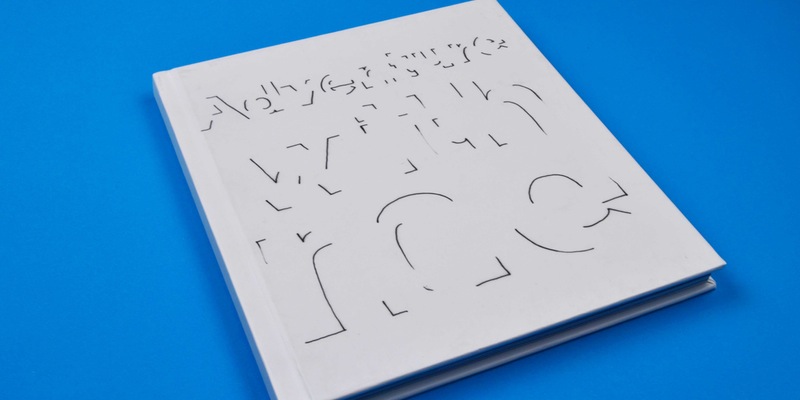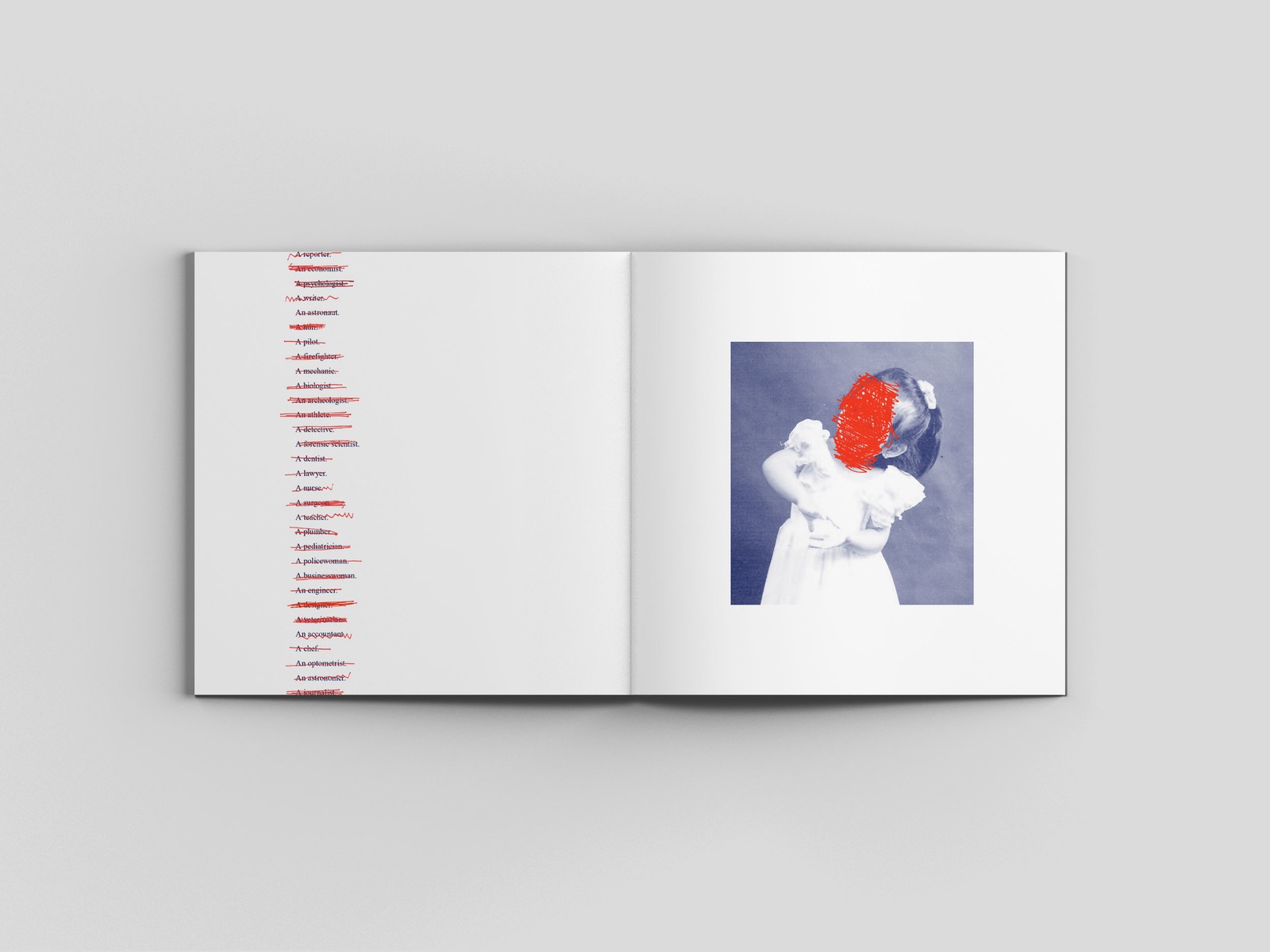
A Designer
A book on self-identity and an questions what the true role of a designer is. It explores social constructs formed around creatives, as well as a journey through my own doubts and fears, and “vandalizing” them to create a new meaning.
On Design Problems
Often, the formality of design is designing a solution to a design problem. This is how I have been taught, and I feel as if that is how the industry works. A client presents a project. A professor gives an assignment. The designer needs to solve this problem, and create a feasible solution that the client agrees to, or the professor grades.
It’s an equation, and in between that equation, is the creative application. It isn’t necessarily wrong, and it is an indeed effective way to tackle a design problem. The industry seems to try and always separate itself from the creative, and identify itself as a ‘left-brain’ analytical and systematic practice. The end point of a design is always a solution to a problem.
Why is and spontaneity so shunned in design? What’s wrong with just knowing something feels right? Why is the ambiguous and the discovery a process that is often shunned and questioned? What’s it like to have design that doesn’t necessarily make sense? What is a design that amplifies an experience that has no meaning, yet meaning to that person? What is design that is personal to the designer?
These thoughts have always been at the back of my mind, and now, I have begun to fuse the analytical with spontaneity with my practice. As a designer, my responsibility is to find meaning in something unknown, and making an experience for others. To answer the questions in a problem. But what if, as a designer, I were to ask the questions instead of solve them? My design process is to deconstruct a conclusive idea and deconstruct it to ask questions, and find my own meaning within that. I feel that it is a process that is necessary for my growth as a designer, and to bring a sense of richness and complexity to my work that I haven’t found before.
I wanted to create something that meant something for myself. An exploration of my own design practice.
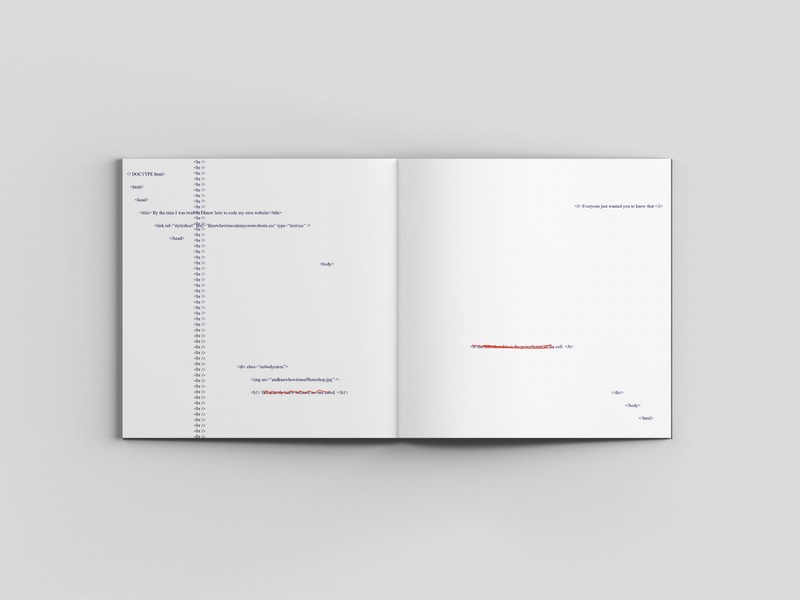
Becoming a Vandal: The Research
Research led me through a path that I didn’t expect, because it brought me to a depth of knowledge that doesn’t give me answers, but more questions. The initial idea for the project came from the concept of placing two juxtaposing objects together, and what meaning they create when done so. Why and how does it communicate a message? I looked further into this and looked to define communication. It means the imparting and exchanging of information, and the connection of people or places. But what I realized is that the two objects do not simply communicate a message, they form a conversation, a dialogue. A dialogue is defined as taking part in a conversation or discussion to resolve a problem. This is the basis of all my research.
I was heavily inspired by Plato’s dialogues about Socrates, as he uses dialogues to solve a philosophical problem. From that, I searched for examples of work that tries to create a dialogue between people, objects and establishments. I found that graffiti was an effective dialogue that occurred in almost everywhere, and at anytime, as roots of graffiti was from the Ancient Greek civilization. Graffiti often expresses social and political messages, as well as artistic expression.
It is illegal and shunned down upon, but what is the value of graffiti? Why does it consistently show up at times when people wish for change? Is it a way to express their thoughts? What is it about graffiti that is so appalling to others? Is it art or vandalism? If the public is an open forum, so to say, then why is graffiti not welcome in our public? Also, what is the difference between murals, graffiti and vandalism. One term can easily change the meaning of something.
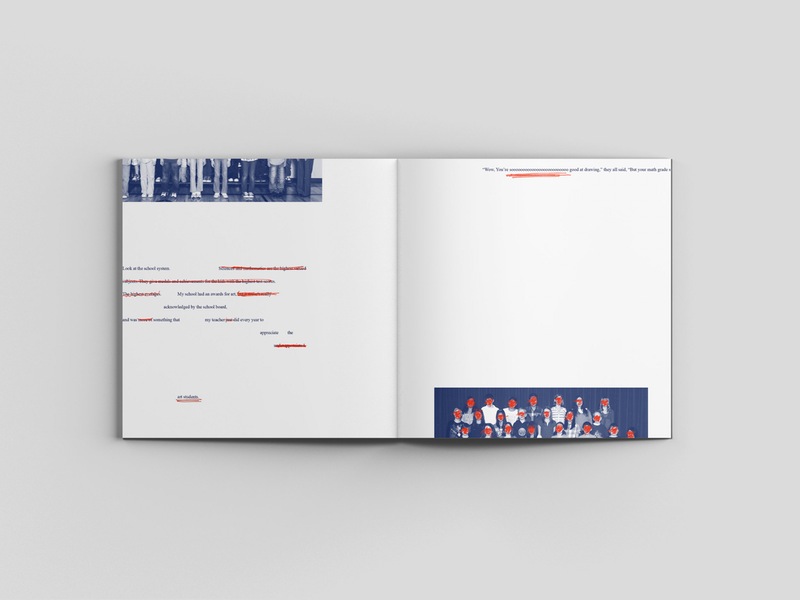
Courage Without Purpose: The Process
Taking to heart the spirit of graffiti, I started the creation process. I took anything I came across, and vandalized it to create my own meaning out it. It was a strange process, trying to create something out of nothing, or things that didn’t necessarily needed to be vandalized. Often times, nothing would really come out of it.
I started crossing out images, rewriting poetry, and I came across a quote by John F. Kennedy, “Efforts and courage are not enough without purpose and direction.” By crossing some words out of the quote, I came out with, “Courage Without Purpose.” This quote really inspired me, and I felt like it was something that I should focus on.
So I started asking more questions. What defines courage? Is it people who run into buildings and saves lives? I tried to find a way to symbolize courage, which is such an abstract idea, and trying to put it to paper.I was really stuck on this idea, and quite honestly, I was deflated because nothing I was producing was “important” or “unique” or “special.”
I really thought about scrapping the idea, doing something else. But I looked at it in a fresher perspective, by finding something that is courageous for myself. What would make me courageous as a designer? What is something that be courageous for me to share, something that scares me? I realized that this itself project even is something that really scares me, and my own doubts are really limiting me from doing what I really needed to do.
So I decided to vandalize my own mind. My own doubts. Fears. My way of thinking. I tried to find a rhythm in my thoughts, I brought up all the questions I had, my past experiences and just began to write and design.
It’s journey about not fearing other people’s opinions, not being scared of criticism. About trusting one’s self about their own work. And sometimes knowing that good design sometimes just feels right.
